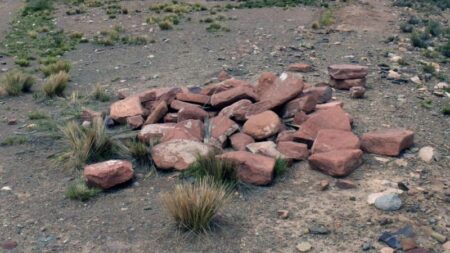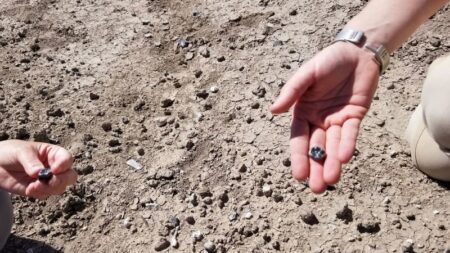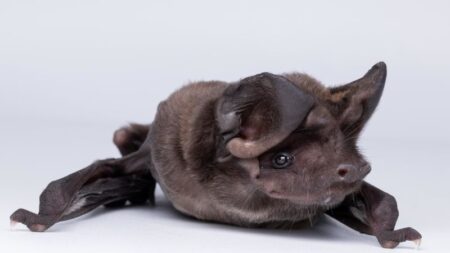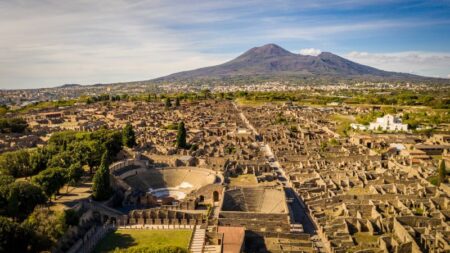The text discusses a variety of intriguing topics primarily related to archaeology, paleontology, and astronomical phenomena. It begins with a personal anecdote about the Robenhausen door, a prehistoric marvel located in the National Museum Zurich, Switzerland. Dated at over 5,500 years, this wooden artifact was unearthed by the archaeologist Jakob Messikommer in the 19th century, specifically in 1868, from the marshy plains of Wetzikon. The significance of such artifacts is profound as they offer a glimpse into humanity’s past, raising questions of who may have interacted with them thousands of years ago, and providing a sense of connection to ancient Neolithic cultures.
As the article transitions, it touches on a different archaeological discovery: a fossilized jawbone, known as Penghu 1, found near Taiwan’s coast in 2010. This bone belonged to a Denisovan, an elusive group related to modern humans. The scientists engaged in this discovery gleaned crucial information from ancient proteins within the jaw’s teeth, suggesting this individual once roamed a land bridge now beneath the waters of the Taiwan Strait. Given the scarcity of Denisovan fossils, each find becomes vital in constructing the narrative of humanity’s evolutionary lineage.
Shifting from the past, the text also highlights the present-day celestial phenomena. It mentions the peak of April’s full moon, referring to it as the “pink moon,” an event planned for exactly 8:22 PM Eastern Time. Despite its colorful moniker, it is anticipated that the moon will exhibit a white-golden hue, presenting it as a micromoon—a term describing a full moon occurring when the Earth’s satellite is at its farthest point from Earth. This micromoon in April is noted specifically for being the smallest of the year, helping to ignite interest in scientific exploration and the continuous wonders of our universe.
Furthermore, aspirations within the field of space exploration are delineated through the figure of Jared Isaacman, a tech entrepreneur slated for a prominent leadership role at NASA. During a Senate confirmation hearing, he articulated a commitment to prioritize missions to Mars, stimulating discussions about the future of human space travel.
Transitioning topics again, the text introduces an intriguing tale about the real-life dire wolf, which once roamed the North American continent—a creature whose lore inspired the fictional dire wolves in “Game of Thrones.” Having become extinct roughly 12,500 years ago, advancements in biotechnology now make efforts to resurrect this ancient species feasible. Colossal Biosciences, a scientific initiative, has made considerable strides by utilizing DNA from ancient specimens. Their progress has generated excitement as they have successfully bred healthy dire wolf pups, demonstrating the potential of genetic engineering in the quest for “de-extinction.”
Delving into paleontological discussions, the article tackles the ongoing debate regarding the extinction of dinosaurs after an asteroid collision 66 million years ago. Recent research challenges the long-held notion that these creatures were declining prior to that catastrophic event. By examining fossil records and computational models, researchers suggest otherwise—were it not for the asteroid, dinosaurs might still inhabit the Earth alongside their surviving ancestors, the birds.
Beyond these narratives, the mention of deep-sea explorations opens the door to new revelations about historical maritime tragedies. The RMS Titanic’s digital twin, crafted by the company Magellan, unfolds deeper insights into the ship’s demise, presenting evidence of heroism from those onboard, including engineers who allegedly sacrificed their lives to send distress signals before the ship sank.
Finally, several miscellaneous yet captivating discoveries are hinted at within the text, including ancient alien artifacts, mass graves from Roman conflicts, and the enduring mystery of “milky sea” phenomena, leaving readers with a sense of wonder and curiosity about ongoing scientific explorations and our planet’s rich history. This comprehensive investigation reveals not only the depth of our past but excites anticipation for the wonders yet to unfold in the realms of archeology, paleontology, and astronomy.












